11+ Types of Logos: Purpose And Significance For Business

Logos are more than just pretty graphics; they're the face of a brand, the first thing people notice about a company. Think of iconic logos Apple's bitten apple – they instantly evoke a sense of recognition and trust.
In this blog, we'll dive into logos, exploring their significance in branding and delving into the different types that exist. But hold on, we're not done yet! We'll also discuss some key things to keep in mind when designing a logo.
Finally, we'll wrap things up by pointing you in the direction of some helpful resources, including how Appy Pie's AI Design Tools can lend a hand with your logo designing endeavors.
Table of Content
What is Logo?
A logo is like a brand's signature—it's the face of the company that people instantly recognize. It's not just a pretty picture; it's a powerful tool that communicates a brand's message and values without saying a word.
Think of your favorite brand. Chances are, its logo pops into your head almost instantly. A well-designed logo is like a magnet—it attracts attention, builds trust, and leaves a lasting impression. It's the first thing customers notice, whether it's on a product, a website, or a billboard.
But what makes a logo "well-designed"? It's all about simplicity, versatility, and relevance. A good logo should be easy to recognize, work well in any size or color, and reflect the essence of the brand it represents.
So next time you see a logo, take a closer look. Behind those colors and shapes lies a story—a story of creativity, identity, and connection. And that's what makes logos so much more than just pretty pictures. Understanding the same concern, Appy Pie brings you the Logo Maker to help you design the heart and soul of your brand.
Exploring Different Types of Logos
Logos are the visual representations of a brand, carrying its identity and values. They come in various forms, each serving a specific purpose. Let's delve into the different types of logos and explore when they are most effective.
Monogram Logo
Wordmark Logo
Pictorial Logo
Abstract Logo
Mascot Logo
Combination Mark Logo
3D Logos
Emblem Logo
Symbols Logo
Lowercase Lettering Logo
Dynamic Logos
Animated Logos
- Simplicity: Think about most famous logos like Apple or Nike. They're simple, yet instantly recognizable. Aim for a design that's clean and easy to understand at a glance. This helps your logo stand out and remain memorable.
- Scalability: Your logo needs to look good whether it's plastered on a billboard or squeezed onto a business card. Make sure it's designed in a way that maintains clarity and impact at different sizes.
- Versatility: Your logo should be flexible enough to work across various mediums and applications. Whether it's on a website, a product label, or a social media profile picture, it should always represent your brand effectively.
- Relevance: Your logo should reflect your brand's identity and values. Take the time to understand what your brand stands for and what message you want to convey. Your logo should align with this to create a cohesive brand image.
- Uniqueness: Your logo should set you apart from the competition. Avoid clichés and generic symbols. Instead, strive for a design that's distinctive and memorable.
- Industry Fit: Different industries have different vibes and expectations. For instance, a law firm might go for a classic, professional look with strong fonts and subdued colors, while a children's toy company might opt for bright colors and playful fonts to appeal to kids and parents alike.
- Audience Connection: Your logo needs to resonate with your target audience. Take a fitness brand, for example. Their logo might feature bold, energetic elements to appeal to active individuals looking for motivation. Conversely, a spa might choose softer, calming colors and imagery to attract clients seeking relaxation.
- Competitive Edge: Your logo should stand out from competitors in your industry. If you're in a crowded market, like coffee shops or tech startups, your logo needs to grab attention and make a memorable impression. Think about what sets your business apart and how your logo can reflect that uniqueness.
- Scalability and Versatility: Consider how your logo will appear across different platforms and mediums. A logo that looks great on a storefront might not translate well to a tiny social media profile picture or a promotional pen. Flexible designs that can adapt to various sizes and formats are key, especially in today's digital age.
- Longevity: While trends come and go, your logo should have staying power. Aim for a timeless design that will still look relevant and fresh years down the line. Avoid overly trendy elements that might quickly become outdated and require frequent redesigns.
- Determine what message you want your logo to convey about your business.
- Consider your long-term objectives and how your logo can support them, whether it's to increase brand recognition, establish credibility, or differentiate from competitors.
- Reflect on the personality and values of your brand. Is it modern and innovative, traditional and reliable, playful and friendly, or something else?
- Choose a logo type that visually communicates these traits effectively. For example, a sleek and minimalistic wordmark might suit a tech startup, while a colorful mascot logo could be perfect for a children's toy company.
- Understand who your target audience is, including their demographics, preferences, and interests.
- Tailor your logo to resonate with your audience's tastes and preferences. For instance, if your target market is young and trendy, you might opt for a bold and edgy logo design, whereas a more conservative audience might respond better to a classic and refined logo style.
- Ensure that your chosen logo type is versatile and can be adapted across various mediums and sizes without losing its impact.
- Consider how your logo will appear on different platforms, from business cards and websites to billboards and merchandise. A simple and clean design often translates well across different applications.
- Aim for a logo design that is memorable and easily recognizable.
- Avoid trends that might quickly become outdated, and instead opt for a timeless design that will remain relevant for years to come.
- Research your competitors' logos to identify gaps or opportunities for differentiation.
- Strive to create a logo that stands out from the crowd while still remaining authentic to your brand identity.
- Ease of Use: Appy Pie's intuitive interface allows anyone, regardless of design experience, to create a logo.
- Customization Options: Users can choose from a wide variety of templates, fonts, colors, and symbols to create a logo that perfectly represents their brand.
- Quick Turnaround: The platform enables rapid design creation, allowing businesses to have a ready-to-use logo in minutes.
- High-Quality Designs: Despite the ease of use, the tool ensures that the logos are high-quality and scalable for different uses, from business cards to billboards.
- What is GPT? Everything You Need to Know
- How Workflow Automation Eases Remote Work for Businesses?
- Best Advertising Apps for Online Advertising
- The 5 Best Marketing Apps for Business and Professionals
- 150+ Best Quotes for Instagram for Any Theme or Occasion
- 8 Learning Management Systems to Train Your Employees
- How to Embed Calendly in WordPress Site
- HubSpot CRM vs. Salesforce CRM: Which is right for you?
- How To: Market Research for Your App Idea
- What is copywriting and how to become a copywriter? [Copywriting Insights]
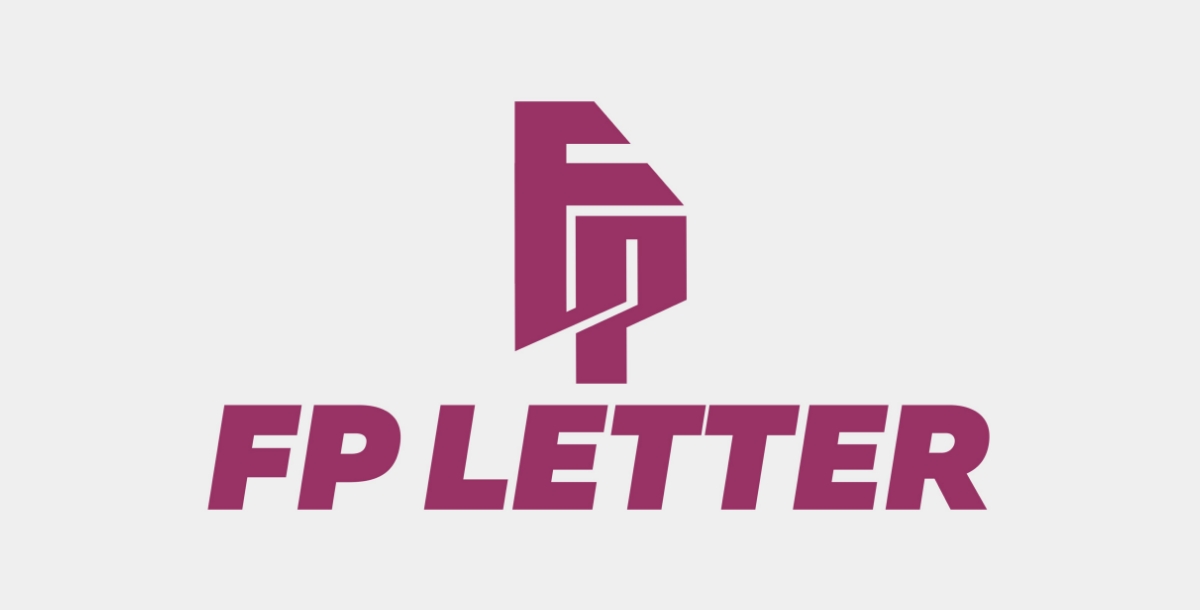
Monogram logos consist of initials or abbreviations of a brand's name. They are sleek and minimalist, for example, the logos of Louis Vuitton (LV) and Chanel (CC) are iconic monograms. Additionally, you can use Appy Pie's Monogram Logo Maker to create logos ideal for businesses with long or complex names.
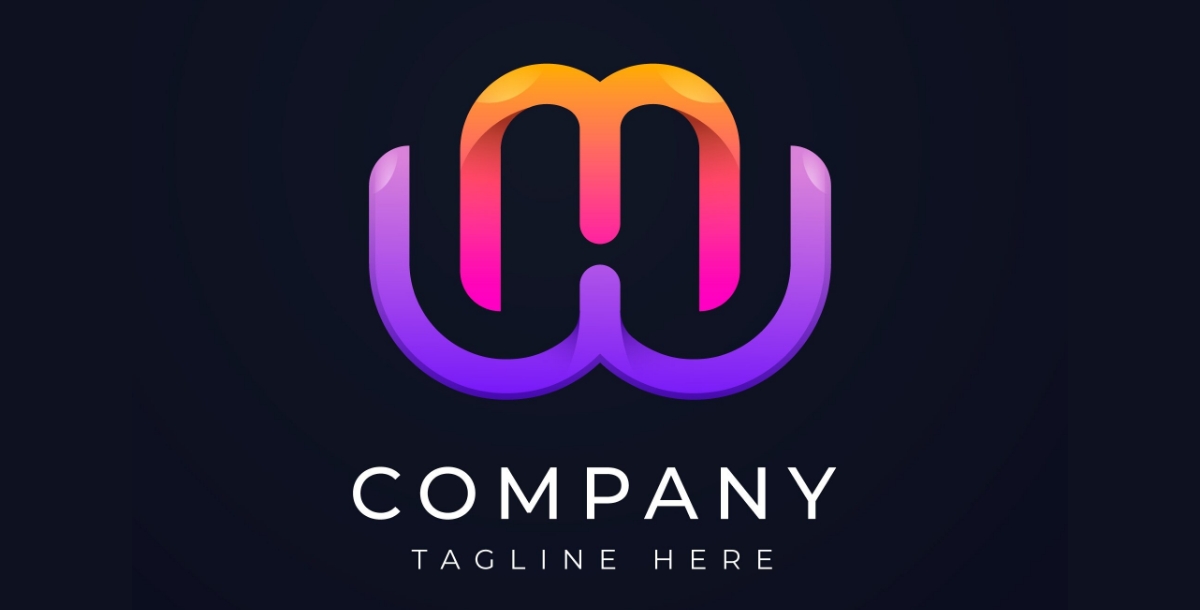
Wordmark logos use the brand's full name, often stylized in a unique font or typography. These logos are great for companies with distinctive names that want to emphasize their brand identity through text. Examples include the Coca-Cola and Google logos.
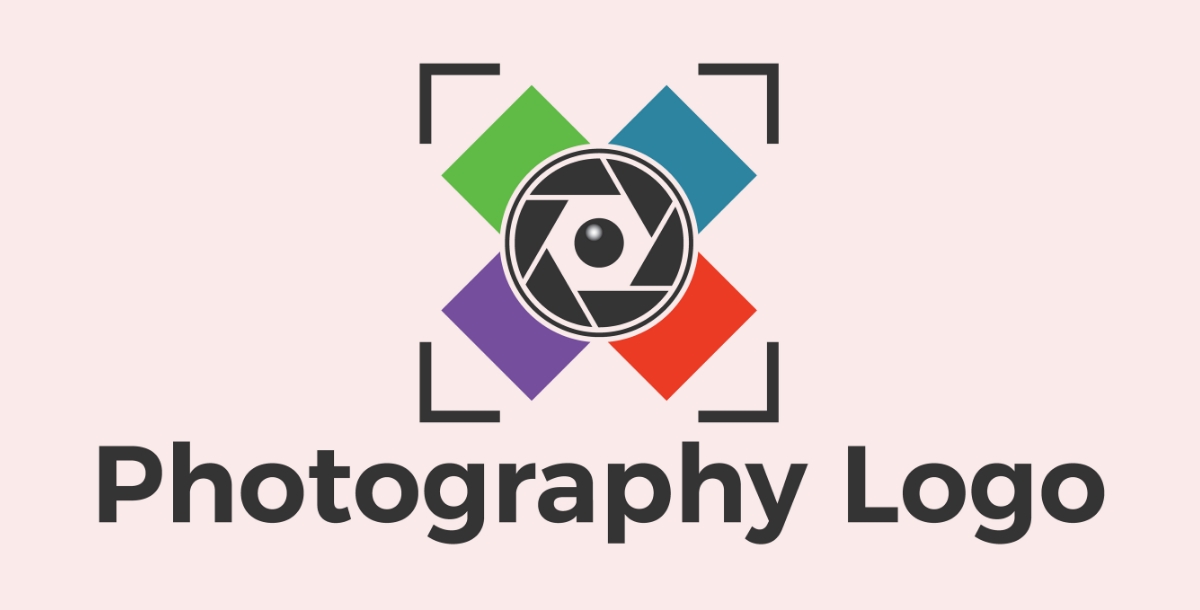
Pictorial logos, also known as iconic logos, feature a graphic or symbol that represents the brand. They are highly memorable and instantly recognizable. Think of the Apple logo – simple yet powerful symbols that convey the essence of the brand.
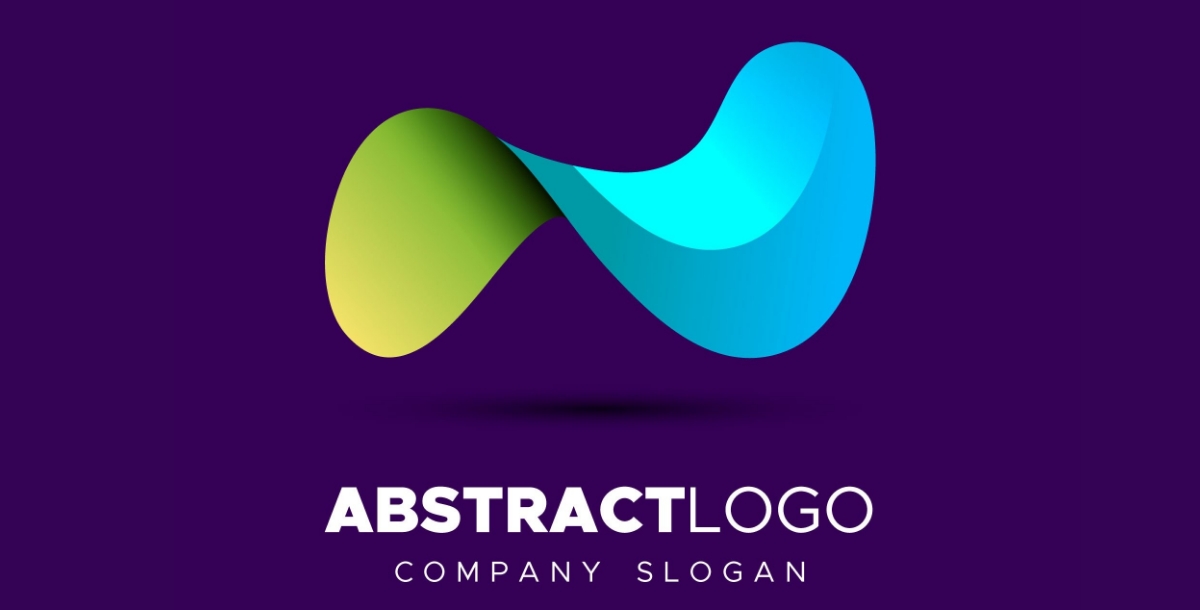
Abstract logos use geometric shapes or abstract forms to represent the brand. They are versatile and open to interpretation, allowing for creative expression while maintaining brand recognition. Examples include the Nike logo (swoosh) and the Adidas logo (trefoil).
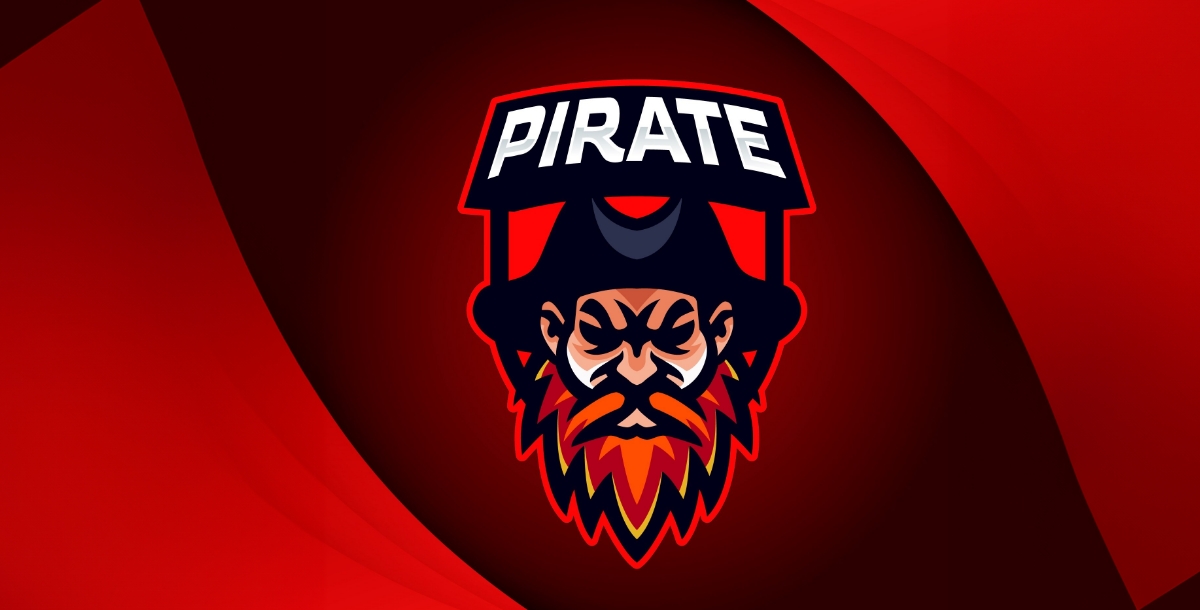
Mascot logos feature a character or figure that personifies the brand. They are playful and engaging, often used by brands targeting a younger audience or looking to establish a friendly image. Famous examples include the KFC Colonel and the Michelin Man.
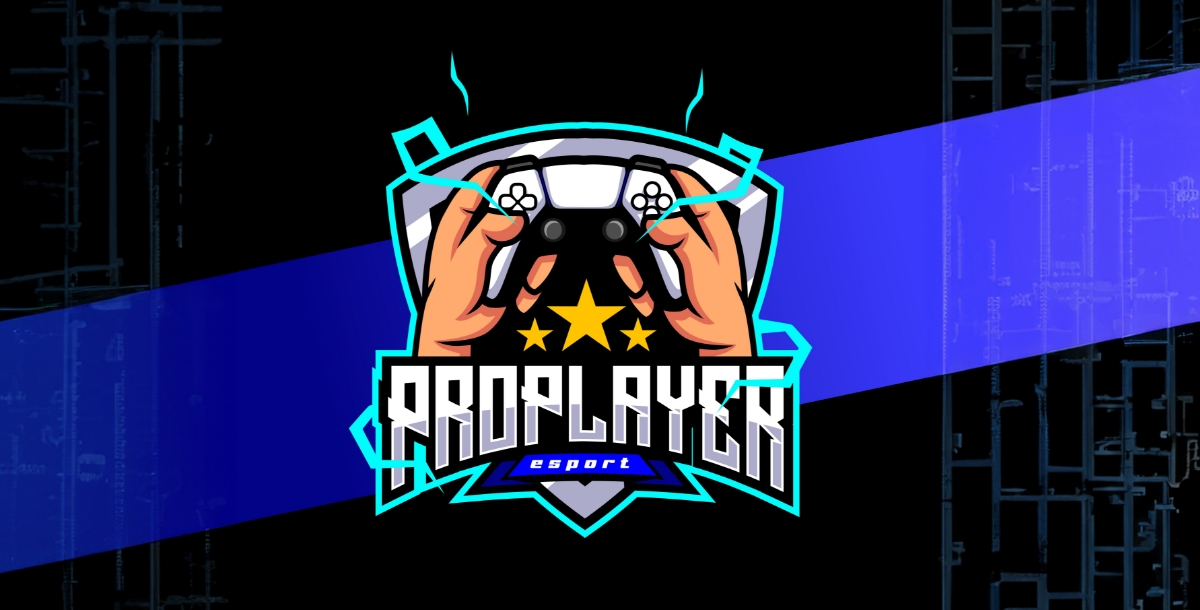
Combination mark logos combine text and a symbol or icon to create a unified brand mark. They offer the best of both worlds, allowing for flexibility in branding while ensuring visual recognition. Examples include the Burger King logo and the Starbucks mermaid.
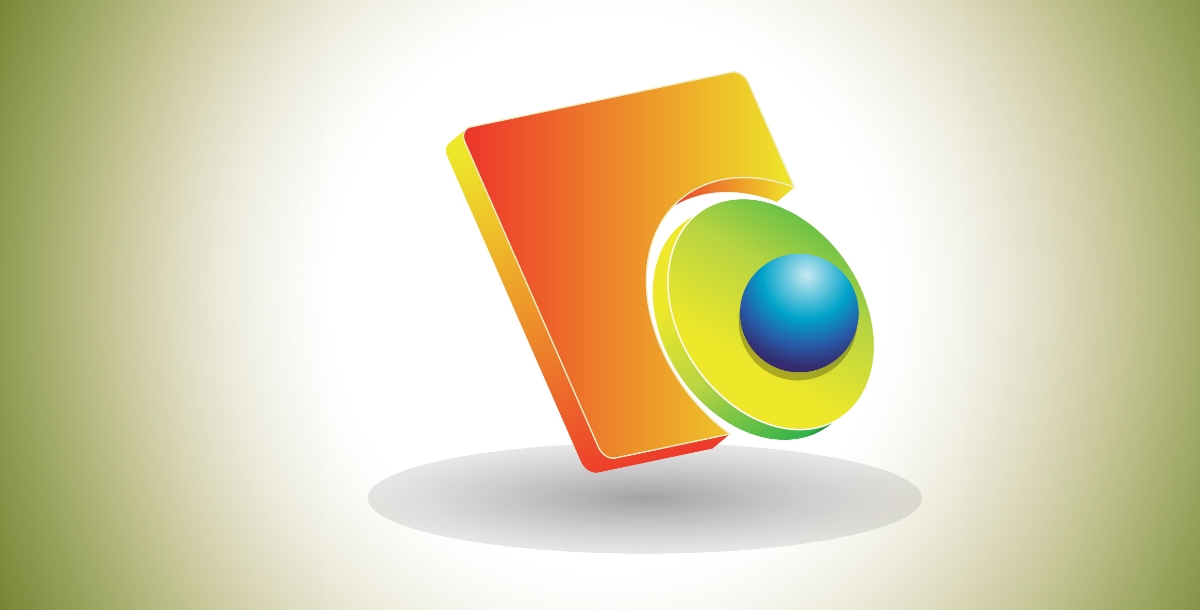
3D logos use three-dimensional effects to add depth and dimension to the design. They create a sense of realism and sophistication, making them stand out in both digital and physical environments. Examples include the Intel logo and the PlayStation logo. Also, you can leverage Appy Pie's 3D Logo Maker to transform the essence of your prompts into a visually stunning 3D Logo that grabs attention.
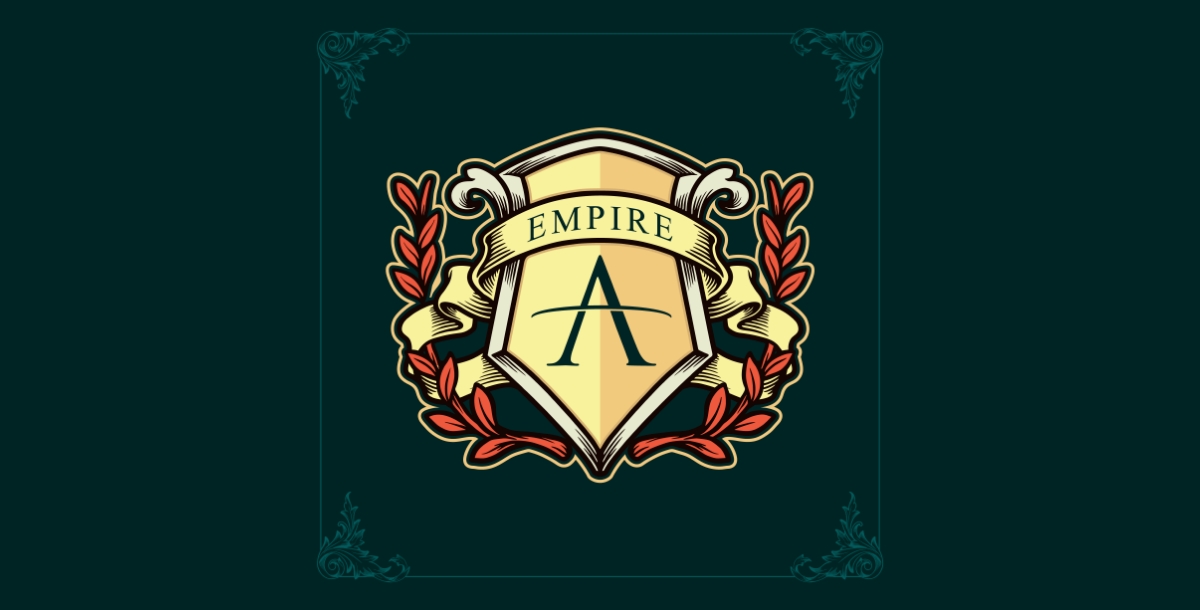
Emblem logos incorporate text within a symbol or icon, creating a cohesive design. They are often associated with tradition and prestige, making them popular among universities, government agencies, and sports teams. The Harley-Davidson logo and the BMW logo are classic examples of emblems.
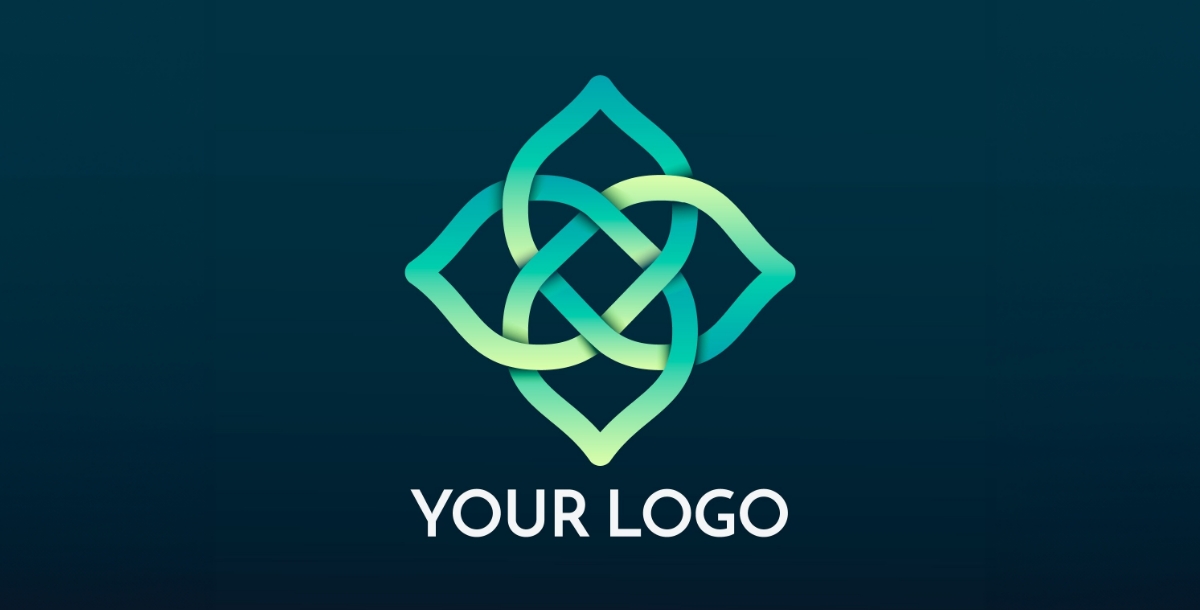
Symbol logos use abstract or simplified symbols to represent the brand without relying on text. They are highly versatile and can transcend language barriers, making them ideal for global brands. Examples include the Mercedes-Benz logo and the Shell logo.
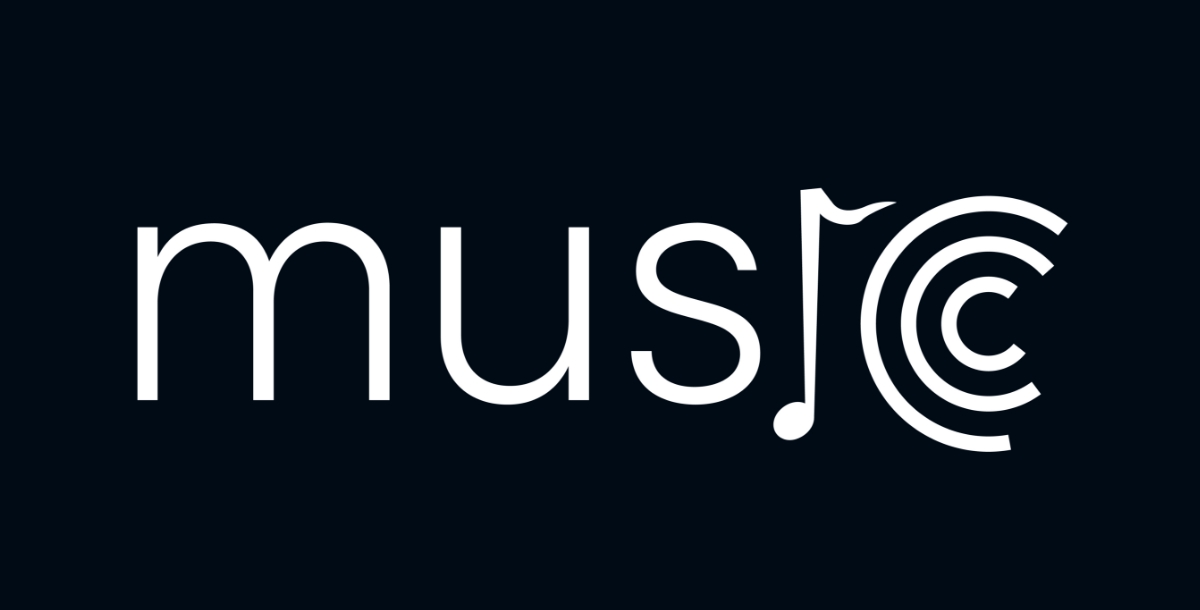
Lowercase lettering logos use lowercase letters for the brand name, conveying a casual and approachable vibe. They are popular among tech startups and modern brands seeking to connect with younger audiences. Examples include the eBay and Amazon logos.
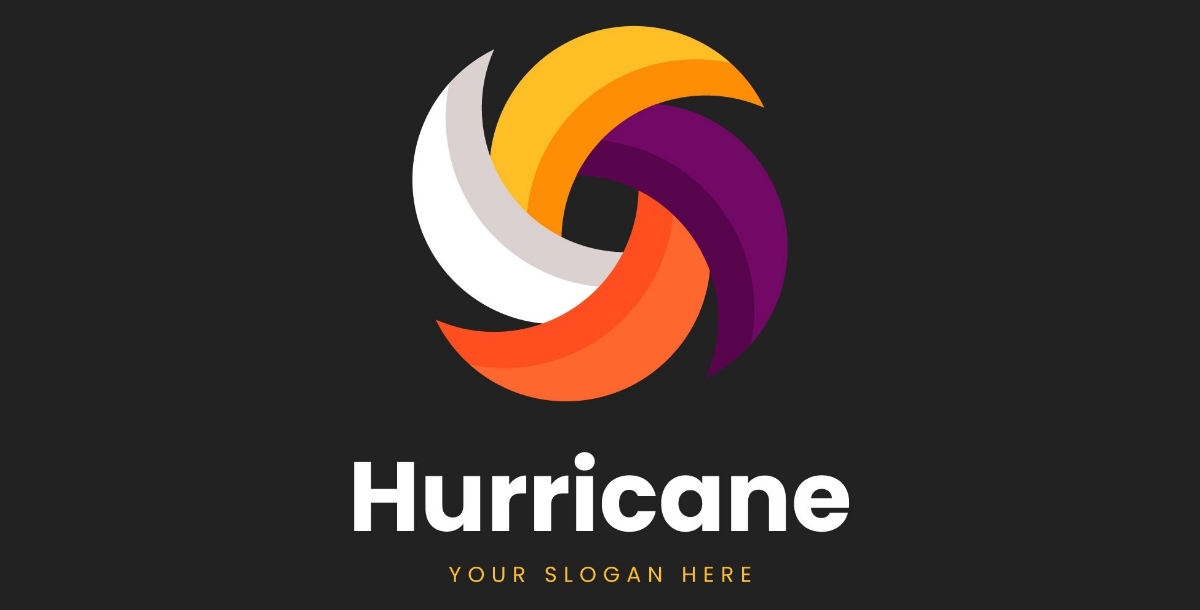
Dynamic logos are adaptable and can change in appearance or color depending on context or user interaction. They are well-suited for digital platforms and interactive experiences, adding an element of surprise and engagement. Examples include the Google Doodle and the Airbnb logo.
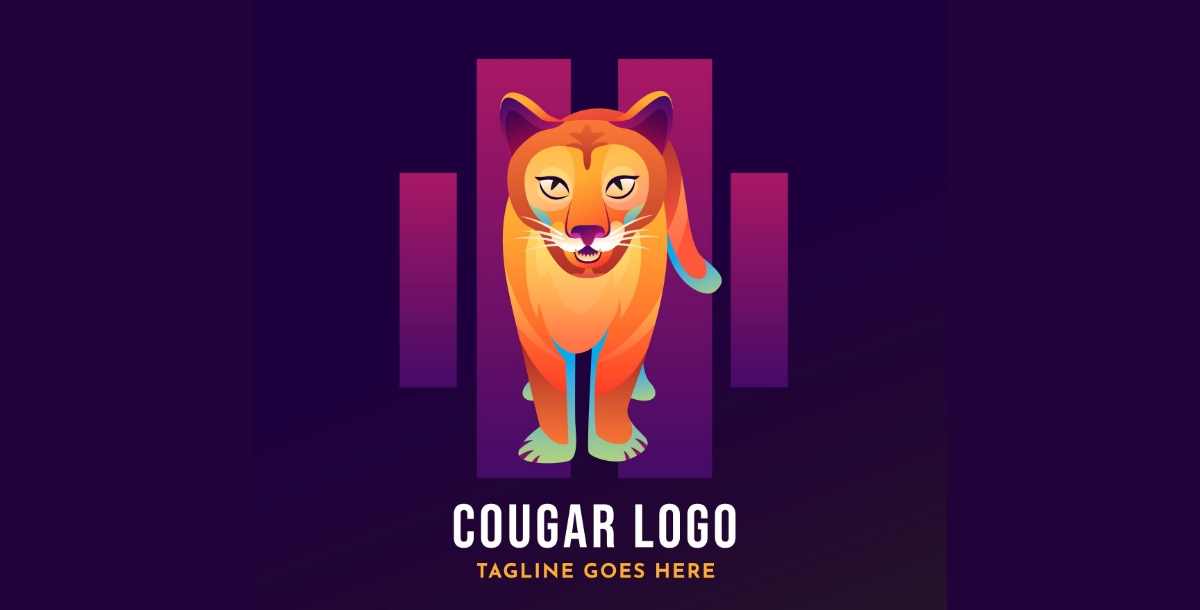
Animated logos incorporate motion or animation into the design, bringing the brand to life and creating a memorable user experience. They are effective in capturing attention and conveying brand personality in digital media. Examples include the Netflix logo animation and the MGM lion roar. You can also opt for Appy Pie's Animated Logo Maker and design with dynamic and captivating visuals.
In addition to knowing types of logos, thorough research about your business specifications for logo is crucial. Understand your brand inside and out. What makes it unique? Who is your target audience, and what appeals to them? Lastly, take a look at Appy Pie's Logo Templates and leverage them to create opportunities to differentiate yourself.
Things to Consider While Designing the Logo
When you're diving into logo design, there are some key things you should always keep in mind. Let's break them down:
Also Visit: Best Business Logos
Does the Type of Business Matter in Selecting the Logo?
The type of business plays a big role in picking the right logo. Let's break it down:
By keeping these factors in mind in your industry, use Appy Pie's Brand Logo Maker and create a logo that not only looks great but also effectively represents your business and connects with your target audience.
Which Logo You Must Consider Among Different Types
When selecting the right logo type for your business, it's crucial to consider several factors that align with your goals, brand personality, and target audience. Here are some key points to help you make an informed decision:
Business Goals
Brand Personality
Target Audience
Versatility and Scalability
Memorability and Timelessness
Competitive Landscape
By carefully considering these factors, you can choose the logo type that best represents your business and resonates with your target audience, ultimately contributing to the success of your brand.
Also Read: Guide To Design A Logo
How Appy Pie Can Help With Logo Designing
Appy Pie offers a user-friendly AI Logo Generator that helps businesses create professional and unique logos quickly and easily. Whether you're a startup or an established business, our tools are designed to make the logo design process simple and accessible.
Features and Benefits of Using Appy Pie for Logo Creation
Conclusion
In conclusion, a well-designed logo is crucial for establishing a strong brand identity. It helps convey your brand's message and values effectively to your audience. As you consider the different types of logos, it's important to choose one that aligns with your business goals and resonates with your target audience.
Take the time to carefully evaluate which type of logo best fits your brand. Remember, the right logo can significantly impact how your business is perceived.
If you're looking for help with logo design, take advantage of Appy Pie and create the perfect logo for your brand. Explore our design tools and get started on creating a logo that truly represents your business.




